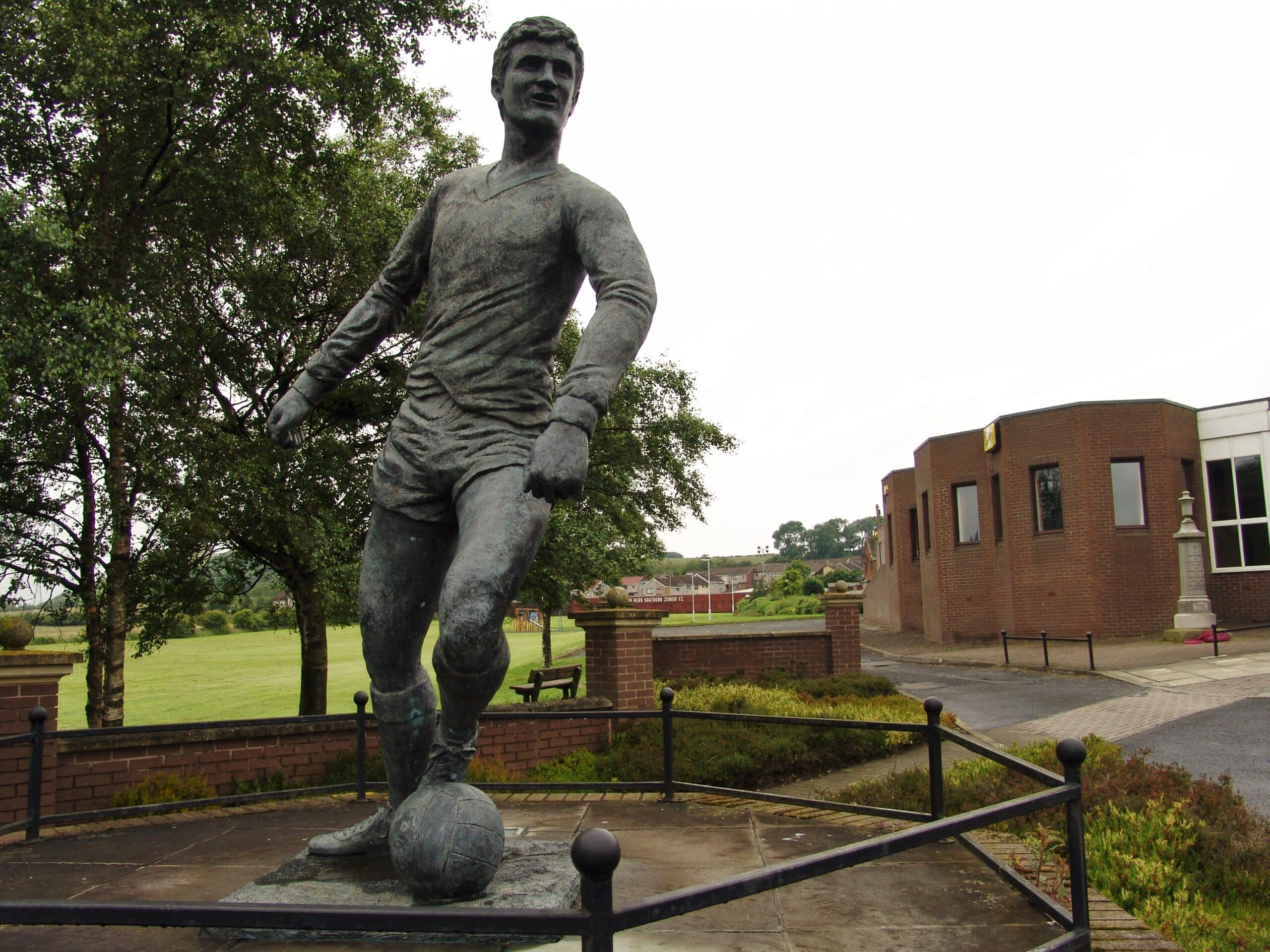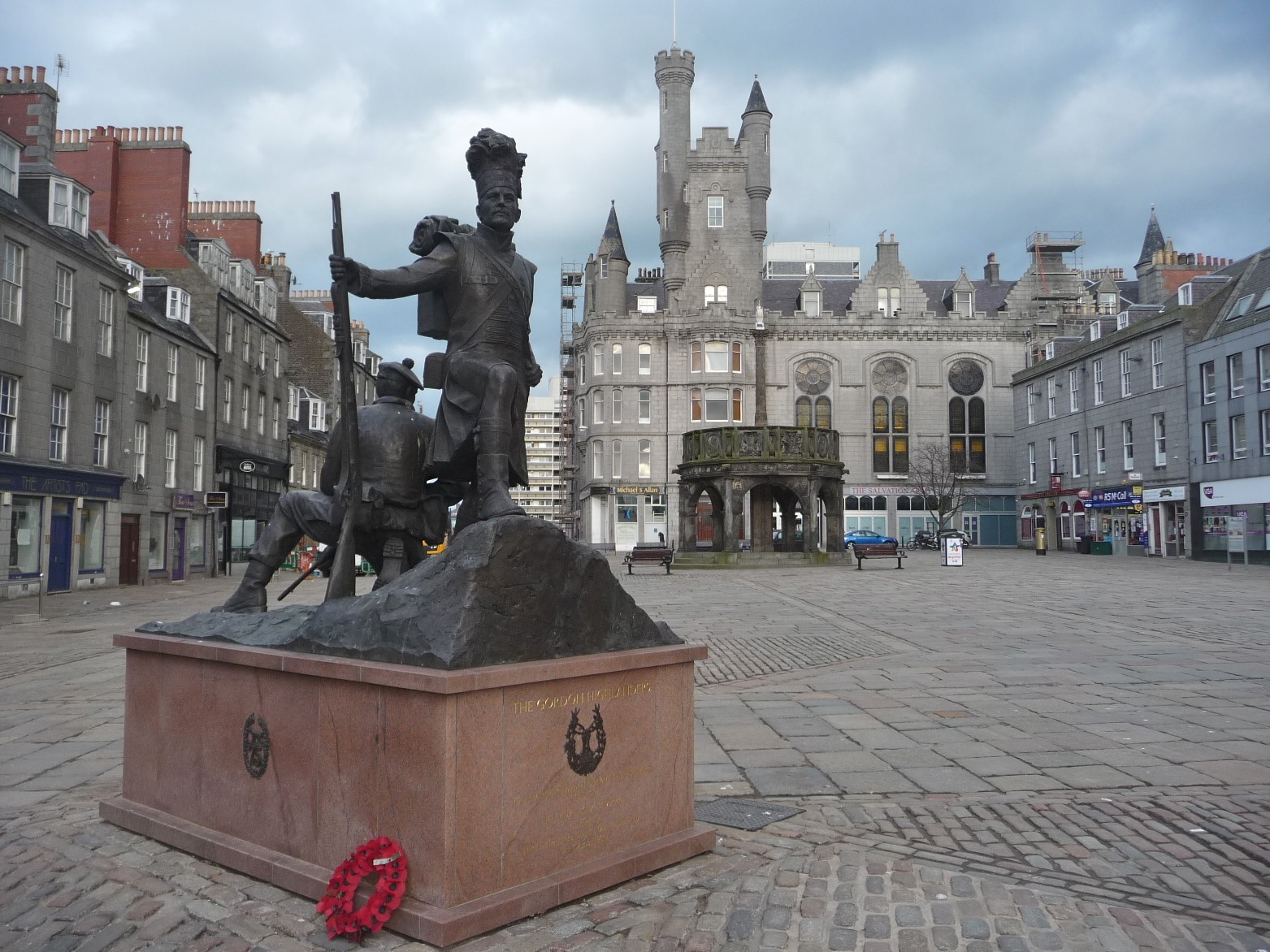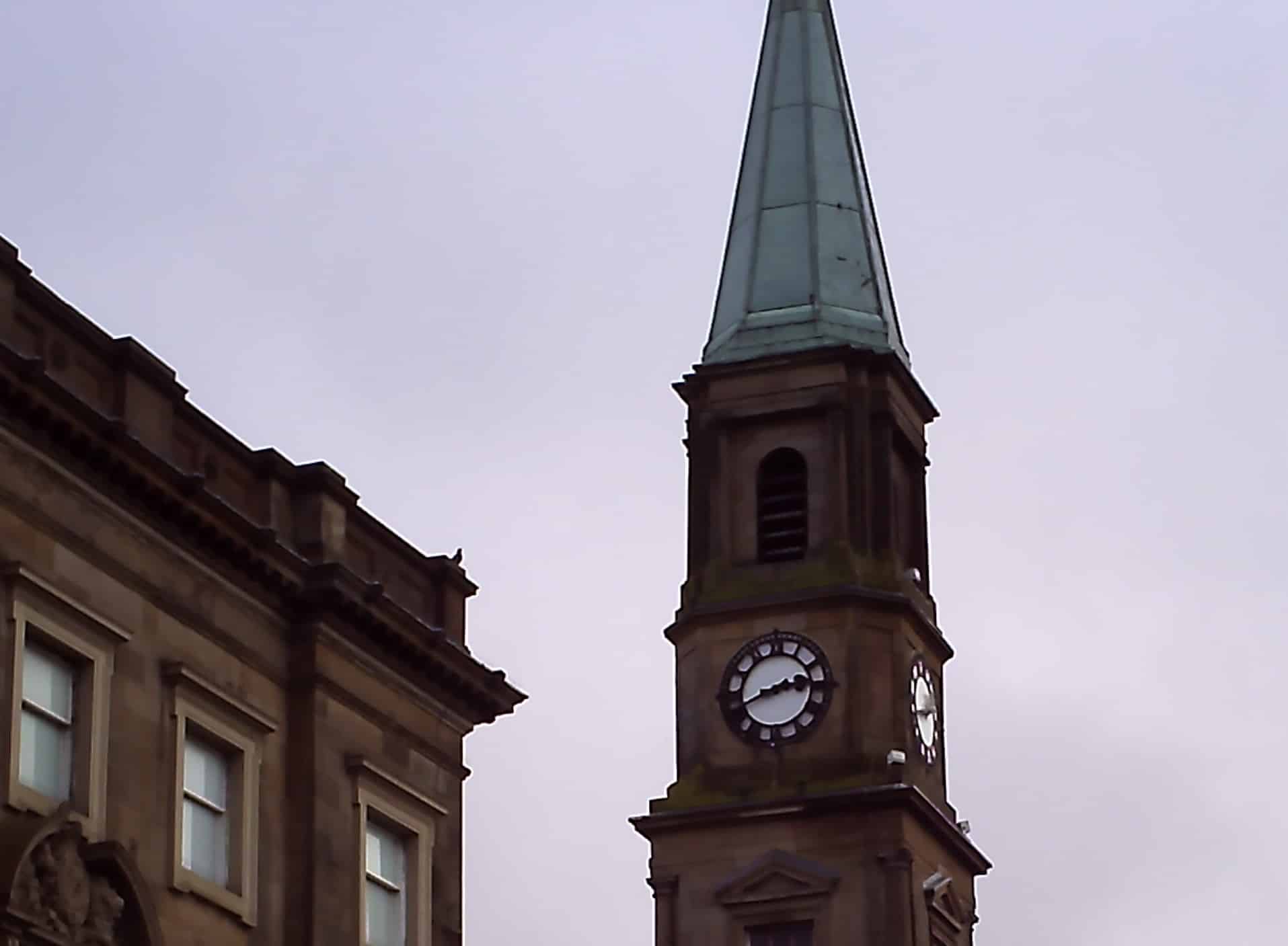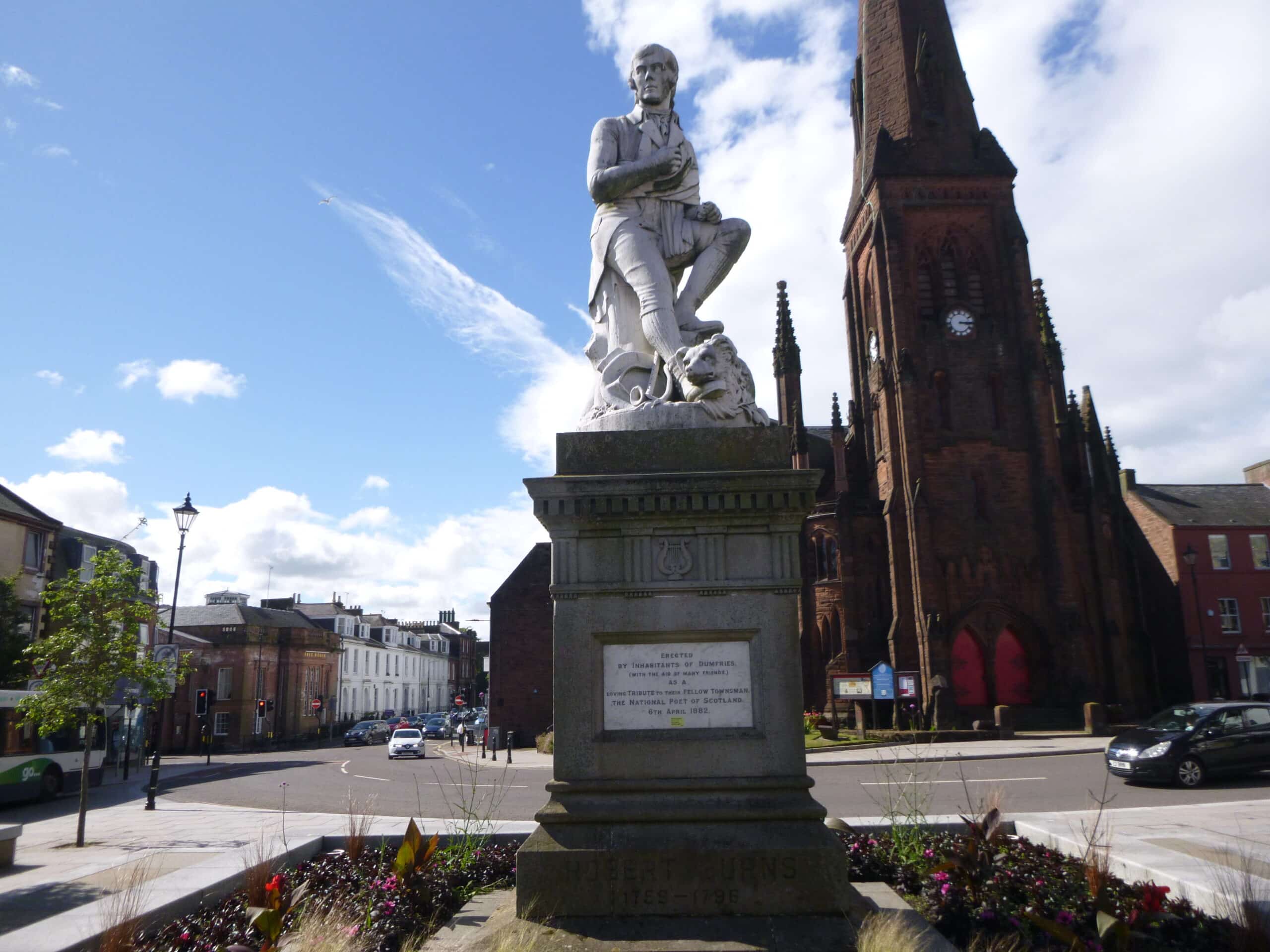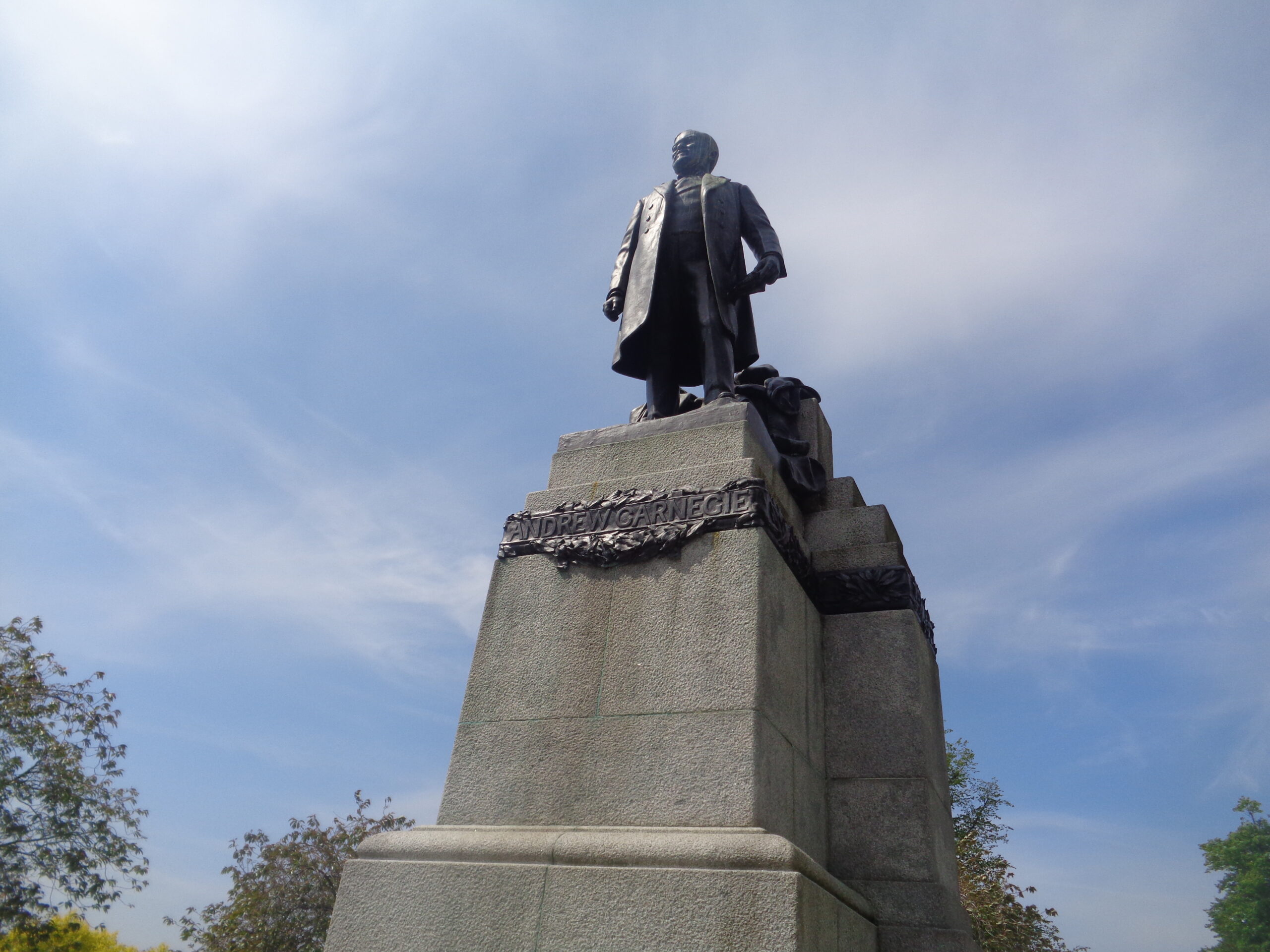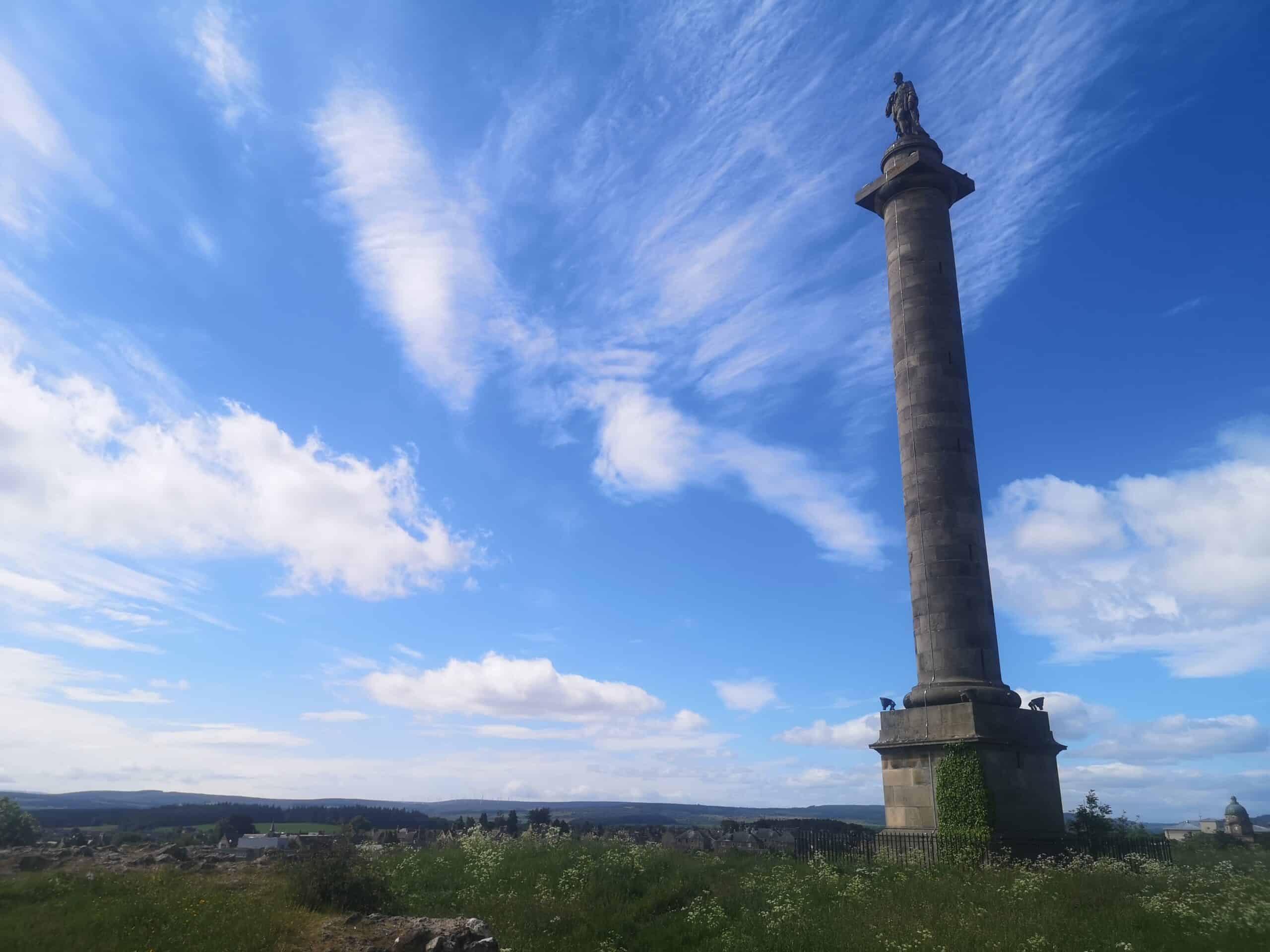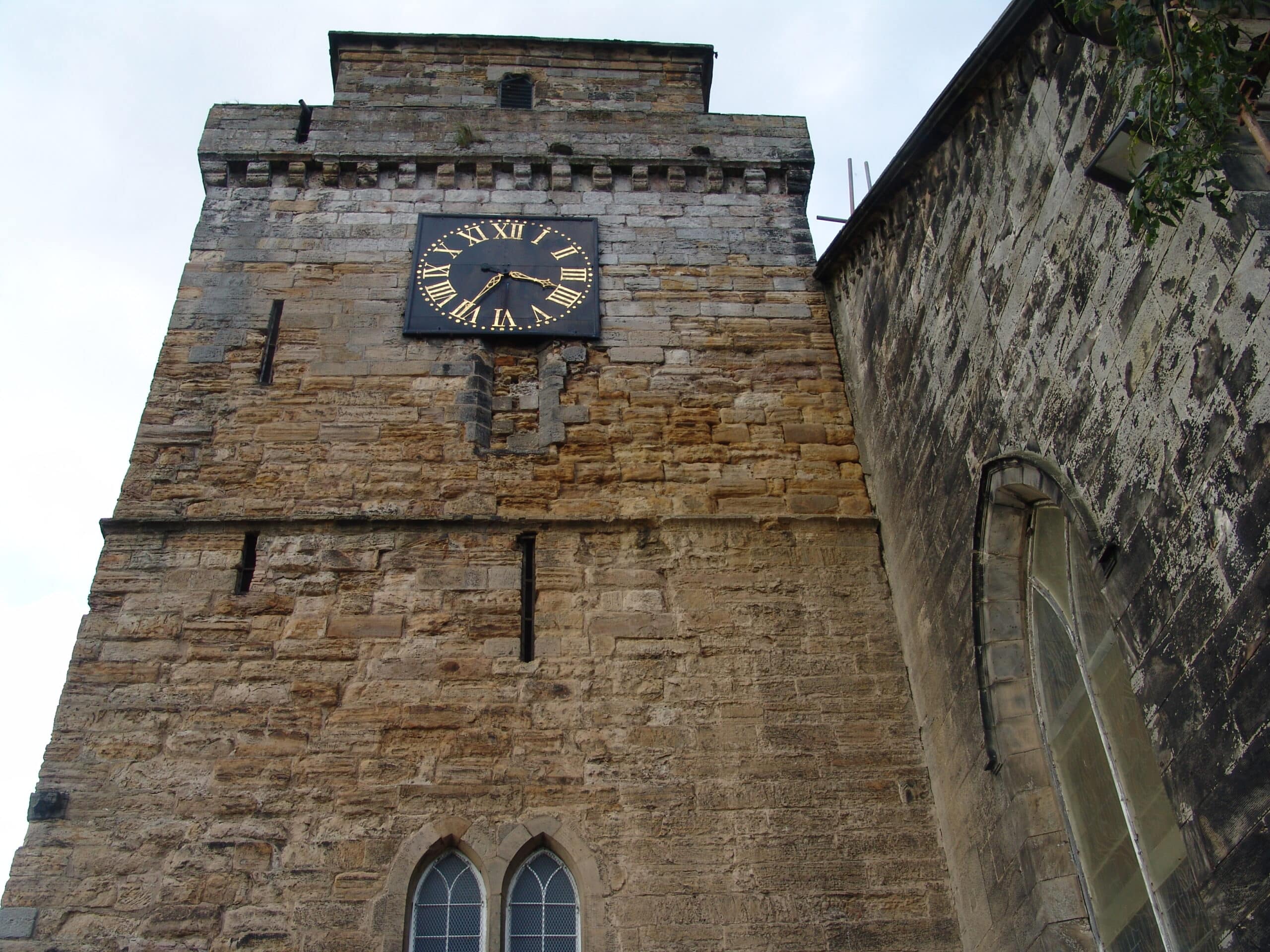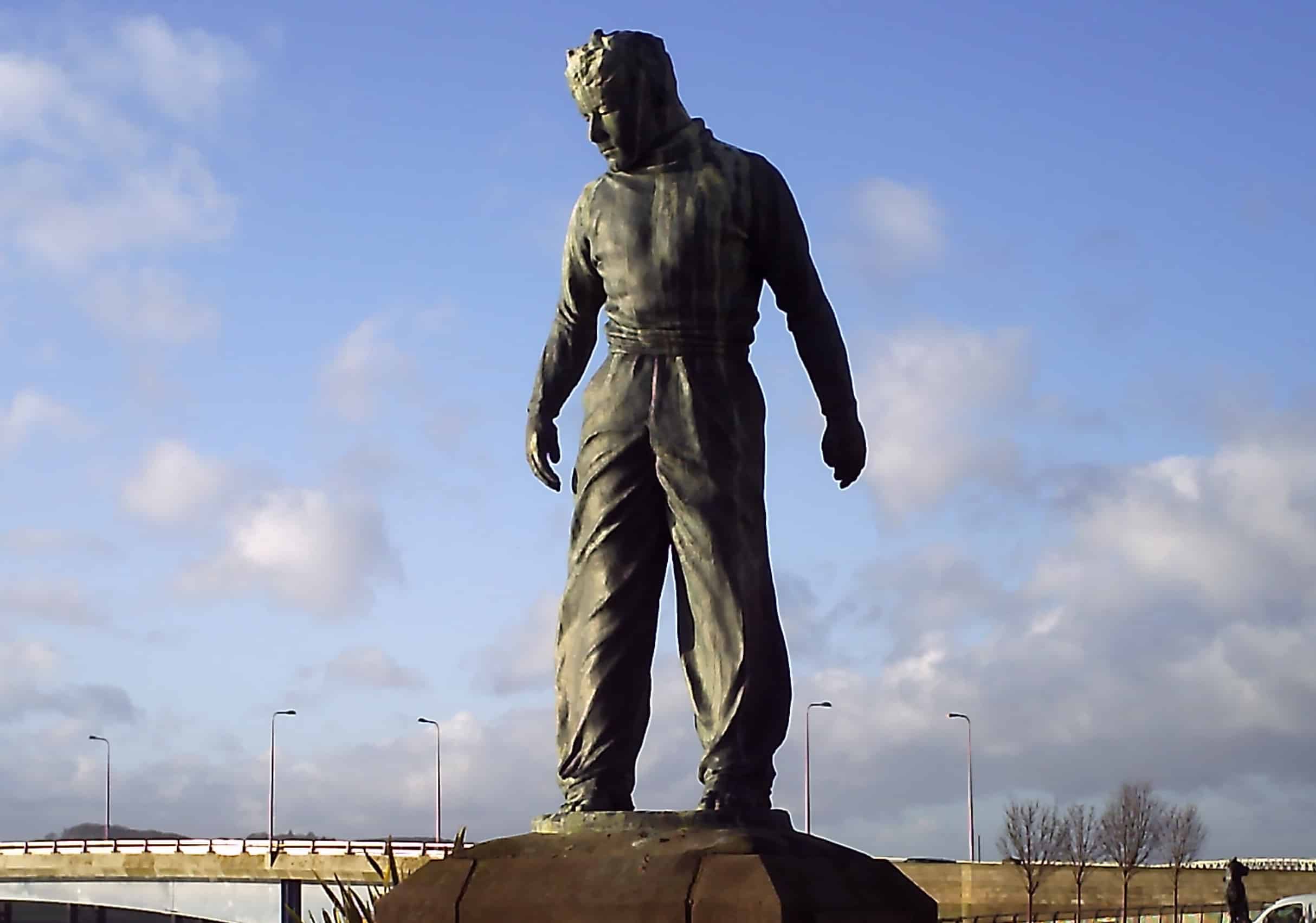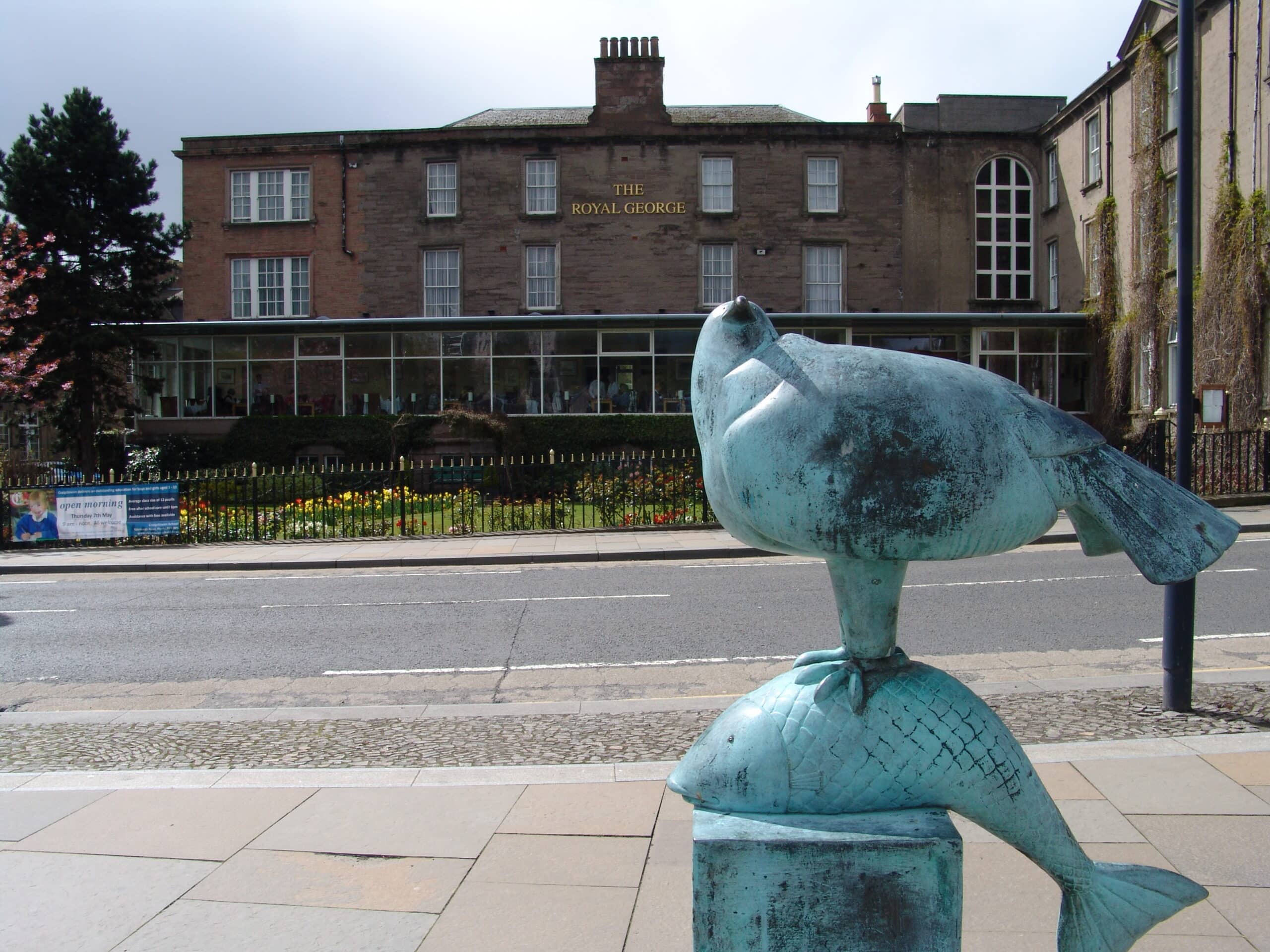Teams, tales and tips – a guide to the local game
Atop the Hill of Beath stands a statue of one of Scotland’s greatest ever players. Locally born Slim Jim Baxter has been cast with the ball at his sublime left foot, overlooking a landscape now bereft of its pits, miners’ cottages and many of its pubs.
Stretching away in the distance, Cowdenbeath grew up around the mining industry just as football was taking hold in the late 1800s. Cowdenbeath FC were formed here in 1882 from a merger of Cowdenbeath Rangers and a Raith Rovers, but not the better-known side from Kirkcaldy where Jim Baxter started his career as a part-timer in 1957.
Of the main four clubs from Fife, Dunfermline have had the most success but all have suffered financially in recent seasons. Two have been taken over by supporters’ groups, while East Fife and Cowdenbeath struggle from Saturday to Saturday. The mining communities – as a school leaver, even Baxter worked briefly down the pits – no longer produce coal or generations of great players and managers.

Like Baxter, Dunfermline had their heyday in the 1960s. Cowdenbeath have only once competed in the top flight since the war, after promotion in 1969-70. In 2016-17, the Blue Brazil came within a penalty kick of dropping out of the Scottish League altogether. East Kilbride missed the vital strike in the League Two play-offs and Cowdenbeath lived to fight another day. In 2017-18, it was a second-half comeback in a relegation play-off against Cove Rangers.
In 2021-22, Cowdenbeath’s luck ran out, and Bonnyrigg Rose brushed aside the Blue Brazil to claim their place in the SPFL.
Just off Cowdenbeath High Street, Central Park has been the club’s home since 1917. The pitch is surrounded by a tarmac track used for stock car racing, the only stand is in fact two, one the remains of the original structure that survived a fire in 1992. This is football at its most hand-to-mouth and shoestring. In 2016-17, Cowdenbeath registered the lowest average gates in the Scottish League, 345, even below those at Annan Athletic.
Where Cowdenbeath go from here isn’t clear. Last-chance survival had kept the Blue Brazil in the Scottish League but talk of a new stadium near Broad Street has long died down.

The local non-league scene continues to survive. Before 1917, Cowdenbeath played at North End Park, near the roundabout where the High Street meets Perth Road. The ground then became the home of Hearts of Beath, from Jim Baxter’s mining village. Former tenants of Keir’s Park, Hearts of Beath were reformed in 1989 to play in the Fife amateur divisions.
In 2023, HoB merged with Lumphinnans United to become Lumphinnans Hearts AFC in the Kingdom of Fife AFA amateur league. They are based on the outskirts of Cowdenbeath, at Ochilview – not the stadium in Stenhousemuir, but its namesake on Gagarin Way near Cowdenbeath Golf Course.
Hearts of Beath, meanwhile, oversee several junior (ie non-adult) teams in the Fife Youth Football Development League, based at pitch 7 on Rowan Terrace, close to Central Park.
Running out at Keir’s Park today are Hill of Beath Hawthorn, an old name revived as a new club in 1975. Here is where you’ll find the statue to Jim Baxter and the Hill of Beath Ex-Servicemen’s Club that comes into its own on match days. Winners of the Scottish Junior Cup in 1990, the Haws continue to compete in the East of Scotland Premier, the highest regional level in the Scottish non-league (‘Junior’) game.

Winners of the East, West and North leagues, and the Junior Cup, now qualify for the Scottish Cup, although there is no directly interlinking pyramid system as in England. Many clubs do better within the Junior set-up – Hawthorn can attract bigger crowds at the 1,000-capacity Keir’s Park than those seen at Central Park.
While Hawthorn may be the spiritual successors of the Baxter era, the team he first played for were Crossgates Primrose. Based at the wonderfully named Humbug Park halfway between Cowdenbeath and Dunfermline, the Rose used to attract crowds of 5,000 for big Scottish Junior Cup games. Folding in 1960 despite the sale of Baxter to Raith for £200, the club sold Humbug Park to Dunfermline Athletic as a training ground.
Reformed in 1983, Crossgates moved back into now council-owned Humbug Park. Nearly going under in 2016, Crossgates now play in the same division as Hawthorn, the East of Scotland Premier. Soon to celebrate its centenary, Humbug Park is just south-west of Hill of Beath, on Windmill Knowe.
Getting Around
Arriving in town, local transport and tips

Edinburgh Airport is 30km (19 miles) from Cowdenbeath. From Stance G on the terminal forecourt, Stagecoach bus Jet 747 runs to Halbeath Park & Ride (£10, every 20-30mins, journey time 35mins) by Crossgates.
From Stance 6, Stagecoach bus 19 (Mon-Sat every 15mins, Sun every 30mins) runs to the main bus stop in Cowdenbeath, The Fountain, just off the High Street and close to Central Park, journey time 15mins. A single ticket Halbeath-Cowdenbeath is around £2.50 or a DayRider £5.30.
Cowdenbeath station is by the High Street and close to the ground. From Edinburgh Waverley, a half-hourly train takes 45mins, singles £9. From Glasgow, change at Edinburgh Haymarket. Everything in town is walkable – buses passing through are run by Bay Travel and Stagecoach.
A & D Taxis (01383 512 344) are based in Cowdenbeath and offer airport transfers. The fare from Edinburgh Airport should be around £45-£50.
Where to Drink
The best pubs and bars for football fans

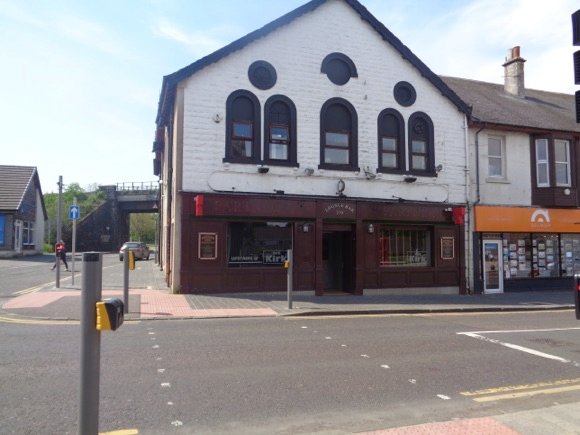
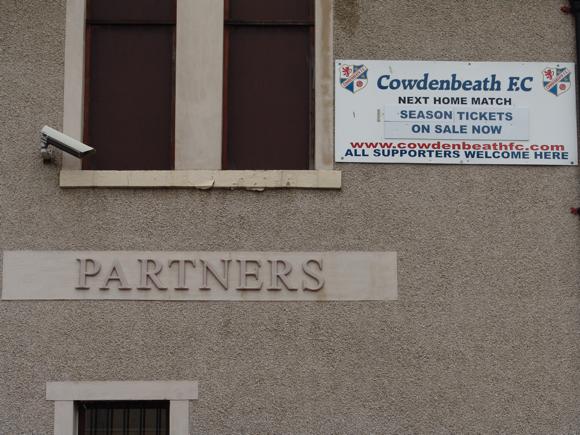


Pubs line the High Street. Those closest to Central Park can be found in the section on Cowdenbeath FC.
Right by the station, the Diamonds Bar & Grill has a decent kitchen, a wall-sized screen and several smaller ones, along with 1am closing at weekends. The large beer garden is partly covered for use most of the year round.
Even later opening at weekends, diagonally opposite by the railway bridge stands The Kirk aka Partners Bar, its more familiar name. TV sport is still a feature after a £130,000 post-pandemic refurb – in fact, plans call for a sports bar to be installed upstairs.

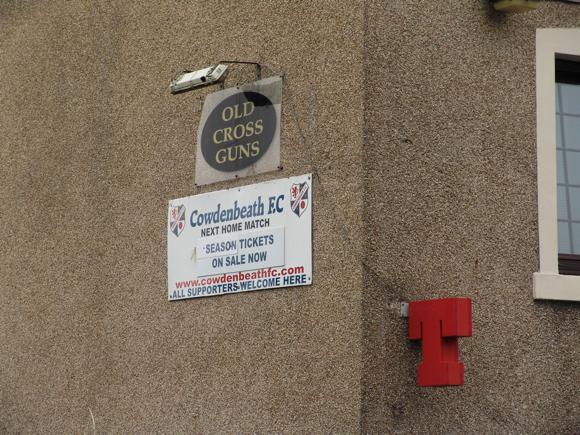
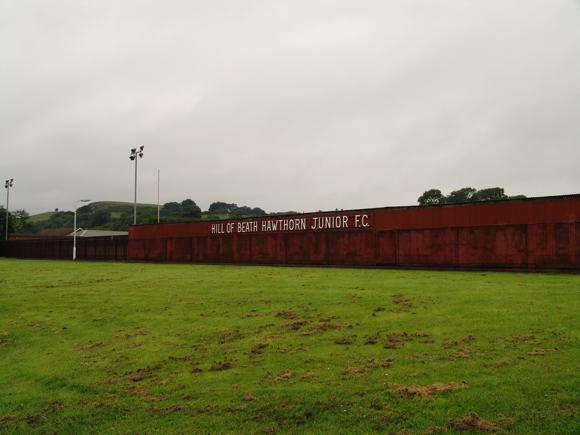


Wee Jimmies at No.127 is a well run, spacious pub with a kitchen and plenty of live entertainment.
Further up on the roundabout past the former Struan Bank Hotel, the Junction Bar is a popular local at 79 Perth Road, where darts and partying are taken equally seriously. In the opposite direction down the High Street, the friendly Old Cross Guns at No.454 is a classic horseshoe-bar Scottish pub with a pool table, TV sport and lunchtime food.
For friendly football chatter over a pint, the Hill of Beath Ex-Servicemen’s Club on Cowdenbeath Main Street, a 10min bus ride from the High Street, sits alongside Keir’s Park, home of Hill of Beath Hawthorn FC. It opens every day from noon.
Where to stay
The best hotels for the ground and around town
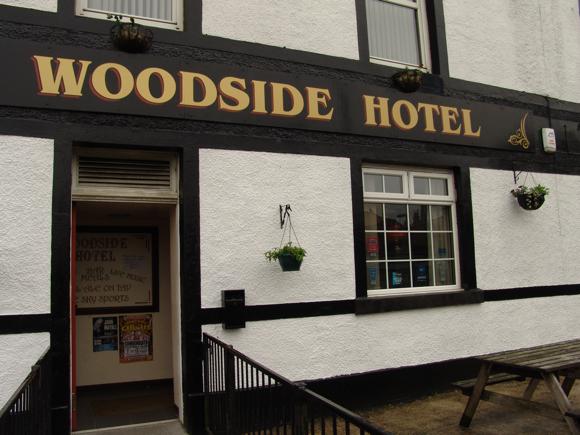
Welcome to Fife has an accommodation database for the region.
Near Central Park, the Woodside Hotel at 109 Broad Street contains a pub with a kitchen and beer garden, and six first-floor rooms, although a shared bathroom. How much longer these remain available to stay in is open to debate, as the owner has applied for change of use.
The only lodging in town is therefore the Beath Inn, on the High Street near the station, offering comfortable, clean rooms above a pub.
Note that the hotels near Dunfermline Queen Margaret station, which means reasonably close to East End Park, are only 5mins/one stop away by train from Cowdenbeath, so an easy, cheap hop.

